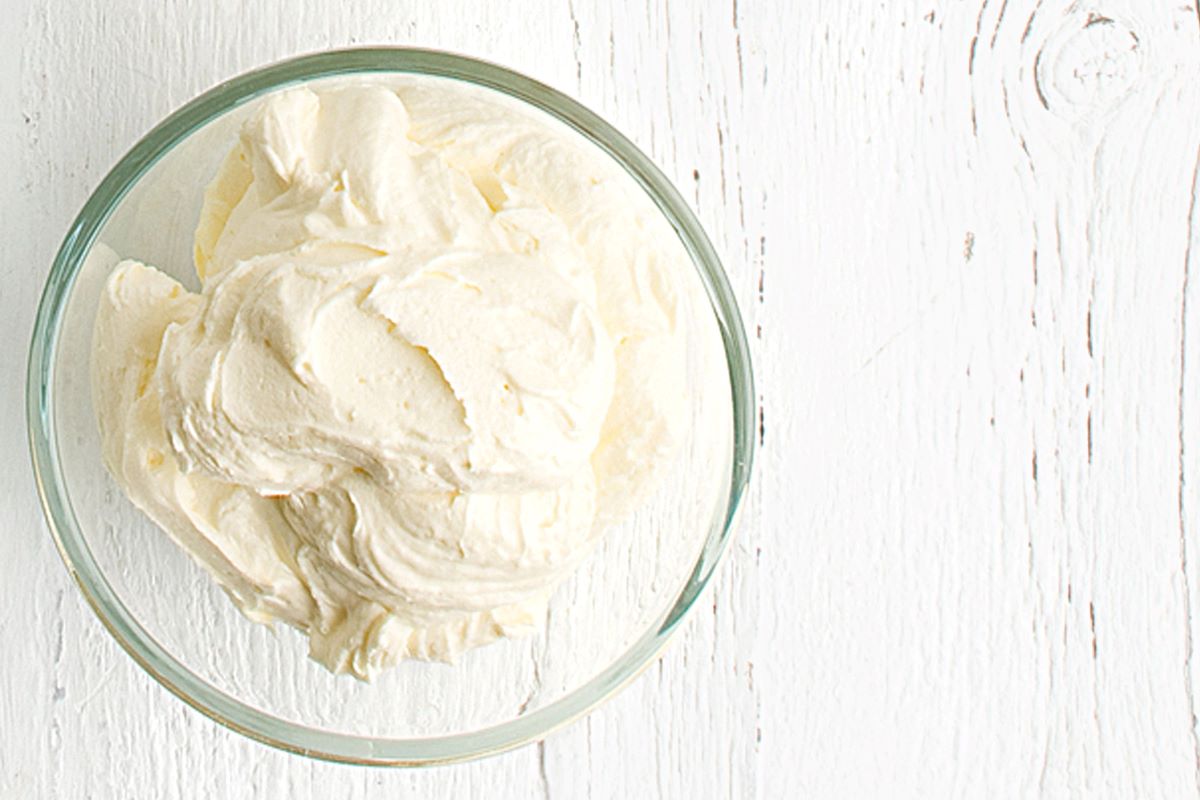

Articles
How To Store Buttercream Icing
Modified: December 7, 2023
Learn how to store buttercream icing properly with our informative articles. Keep your buttercream fresh and delicious for longer with our expert tips and techniques.
(Many of the links in this article redirect to a specific reviewed product. Your purchase of these products through affiliate links helps to generate commission for Storables.com, at no extra cost. Learn more)
Introduction
Buttercream icing is a delectable and versatile frosting that is used to decorate cakes, cupcakes, and other baked goods. Its creamy texture, buttery flavor, and ability to hold various decorations make it a favorite among bakers and dessert enthusiasts. However, to truly enjoy the goodness of buttercream icing, it is crucial to store it properly. In this article, we will discuss the importance of proper storage for buttercream icing and provide you with a step-by-step guide on how to store it like a pro.
Proper storage of buttercream icing is essential to maintain its freshness, texture, and taste. When exposed to air, buttercream icing can dry out and become crusty, losing its smoothness and appeal. Additionally, storing it incorrectly can lead to the growth of bacteria, resulting in a spoiled batch of icing. By following the right storage techniques, you can prolong the shelf life of your buttercream icing and ensure that it remains fresh and delicious for longer periods.
To effectively store buttercream icing, there are several factors to consider. First and foremost is the temperature. Buttercream icing is highly sensitive to temperature fluctuations, and extreme heat or cold can impact its consistency and stability. Additionally, exposure to direct sunlight can cause the colors and decorations on the icing to fade. Therefore, it is important to store buttercream icing in a cool and dark place, away from any sources of heat or light.
Another crucial factor to consider is the container in which you store the buttercream icing. The container should be airtight and moisture-proof to prevent any air or moisture from seeping in. This will help to maintain the freshness and texture of the icing, preventing it from drying out or becoming soggy. Choosing the right container is key to preserving the quality of your buttercream icing.
Key Takeaways:
- Proper storage of buttercream icing is crucial to maintain its freshness, texture, and taste. Factors such as temperature, container selection, and storage duration play a key role in preserving the quality of the icing.
- Understanding the basics of buttercream icing and following a step-by-step guide for storing it ensures that you maintain its quality and freshness. By incorporating additional tips and troubleshooting techniques, you can overcome potential issues and enjoy beautifully decorated and delicious baked goods.
Read more: How To Store Leftover Buttercream
Understanding Buttercream Icing
Buttercream icing is a classic frosting that is commonly used in cake decorating. It is made from a blend of butter, sugar, and flavorings, creating a smooth and creamy texture that can be easily spread or piped onto cakes, cupcakes, and other desserts. The main ingredient, butter, gives the icing its rich and luxurious taste, while the sugar provides sweetness and stability.
There are several different types of buttercream icing, each with its own unique characteristics. The most common types include American buttercream, Swiss meringue buttercream, and Italian meringue buttercream. American buttercream is the simplest to make, consisting of just butter, powdered sugar, and flavorings. Swiss meringue buttercream is made by whisking together egg whites and sugar over a double boiler, then adding butter and flavorings. Italian meringue buttercream follows a similar process as Swiss meringue, but the sugar is cooked into a syrup before being added to the egg whites.
Buttercream icing can be flavored in countless ways, allowing for endless creativity in cake decoration. Popular flavors include vanilla, chocolate, lemon, strawberry, and almond. Additionally, colors can be added to the icing using gel food coloring or natural food dyes, enabling bakers to create vibrant and eye-catching designs.
One of the great things about buttercream icing is its versatility. It can be used to create smooth, flat finishes on cakes or piped into intricate designs, borders, and flowers. The texture of the icing can be adjusted by adding more or less powdered sugar, resulting in a softer or stiffer consistency. This allows bakers to achieve the desired look and feel for their creations.
When working with buttercream icing, it is important to keep in mind that it is best used at room temperature. Cold buttercream can be stiff and difficult to work with, while warm buttercream can become too soft and lose its shape. To achieve the ideal consistency, let the buttercream come to room temperature before use and adjust as needed with additional powdered sugar or liquid.
Understanding the basics of buttercream icing is essential for successful cake decorating. By learning the different types, flavors, and techniques, you can elevate your baking skills and create stunning desserts that not only taste delicious but also look professionally made.
Factors to Consider for Proper Storage
When it comes to storing buttercream icing, there are several important factors to consider to ensure its longevity and quality. By paying attention to these factors, you can maintain the freshness and texture of your icing, allowing you to enjoy delicious and beautifully decorated baked goods for a longer period of time.
One of the primary factors to consider is temperature. Buttercream icing should be stored in a cool environment to prevent melting and maintain its shape and consistency. Extreme heat can cause the butter in the icing to melt, resulting in a runny and unstable texture. On the other hand, storing the icing in excessively cold temperatures can cause it to become overly firm and difficult to spread. The ideal temperature for storing buttercream icing is around 68°F (20°C).
In addition to temperature, it’s crucial to protect buttercream icing from exposure to air. Oxygen can cause the icing to dry out and form a crust, resulting in a less appealing texture. To prevent this, it’s recommended to use airtight containers to store the icing. Make sure the container seals tightly and has no gaps or openings that might allow air to enter. This will help to keep the icing moist and prevent it from drying out.
Moisture is another important factor to consider when storing buttercream icing. Excessive moisture can lead to a soggy texture and spoil the icing. Avoid storing the icing in a humid environment or in places where water might come in contact with the container, such as near sinks or refrigerators. Moisture-proof containers can help to prevent any water or condensation from affecting the quality of the icing.
It is also essential to protect buttercream icing from light. Direct exposure to sunlight or bright artificial light can cause the colors and decorations on the icing to fade. To preserve the vibrant colors, store the icing in a dark or opaque container that blocks out any light. This will help to maintain the visual appeal of the icing, especially if it is decorated with intricate designs or vibrant colors.
Lastly, consider the duration of storage. Buttercream icing is best consumed within a few days of preparation to ensure optimum freshness. To extend its shelf life, it can be stored in the refrigerator for up to one week. Keep in mind that refrigeration may cause the icing to become slightly harder, so allow it to come to room temperature before using or decorating baked goods.
By taking these factors into consideration, you can ensure that your buttercream icing stays fresh, delicious, and beautifully decorative until you’re ready to use it. Proper storage techniques will help you maintain the quality of the icing, allowing you to enjoy bakery-worthy treats at your convenience.
Recommended Containers for Storing Buttercream Icing
Choosing the right container for storing buttercream icing is essential to maintain its freshness, texture, and overall quality. The container should provide airtight protection, prevent moisture and air from seeping in, and ensure the icing remains intact and ready for use. Here are some recommended containers for storing buttercream icing.
- Plastic or Glass Containers with Lids: Plastic or glass containers with tight-fitting lids are excellent options for storing buttercream icing. Look for containers that are specifically labeled as airtight or have a silicone seal. These containers will create a barrier against air and moisture, keeping the icing fresh for longer periods. Glass containers are particularly useful because they are non-porous and do not absorb odors from other foods, ensuring no cross-contamination of flavors.
- Disposable Piping Bags: If you frequently use buttercream icing for piping or decorating purposes, disposable piping bags can be a convenient option for storing smaller quantities of icing. Simply fill the bag with the desired amount of icing, twist the top tightly to seal, and place it in the refrigerator. The advantage of using disposable bags is that they are easy to discard after use, eliminating the need for washing and storing reusable containers.
- Plastic Wrap or Zip-Top Bags: For a quick and temporary storage solution, you can wrap buttercream icing tightly in plastic wrap or place it in zip-top bags. Make sure to press out any excess air before sealing to minimize the risk of drying out or forming ice crystals in the freezer. However, keep in mind that these options are best for short-term storage and may not provide optimal protection against air or moisture in the long run.
- Decorating Squeeze Bottles: If you prefer a more controlled and precise method of dispensing buttercream icing, consider using decorating squeeze bottles with a nozzle attachment. These bottles typically have a screw-on cap or a squeeze-top lid that creates a tight seal, preventing air from entering and keeping the icing fresh. The nozzle attachment allows for easy application and can be great for creating intricate designs or lettering.
Regardless of the container you choose, make sure to label it with the date of preparation. This will help you keep track of the freshness and ensure you use the icing within the recommended time frame. Additionally, always store the containers in a cool, dark place away from direct sunlight or any sources of heat.
By using the right containers for storing buttercream icing, you can maintain its quality, taste, and texture, ensuring that you have a fresh and delicious frosting at your fingertips whenever you need it.
Store buttercream icing in an airtight container at room temperature for up to 2 days, or in the refrigerator for up to 2 weeks. Before using, let it come to room temperature and re-whip to restore its creamy texture.
Step-by-Step Guide on Storing Buttercream Icing
Proper storage of buttercream icing is crucial to maintain its freshness and quality. By following these step-by-step instructions, you can ensure that your buttercream icing remains delicious and ready for use whenever you need it.
- Prepare your buttercream icing as desired, ensuring that it reaches the desired consistency and flavor.
- Transfer the icing to a suitable storage container. Choose a container that provides airtight protection and is the right size for the amount of icing you are storing. Leave some space at the top of the container to allow for expansion if freezing.
- Smooth the surface of the buttercream icing using a spatula or the back of a spoon. This will help remove any air bubbles and create an even layer, preventing excess air from entering the container.
- Seal the container tightly with its lid or cover. Ensure that there are no gaps or openings that may allow air or moisture to enter. Check for a secure seal by gently pressing on the lid to confirm that it doesn’t move or give way.
- Label the container with the date of preparation. This will help you keep track of the freshness of the icing and ensure you use it within the recommended storage time.
- Find a suitable storage location for the buttercream icing. It should be a cool, dark place away from direct sunlight or any sources of heat. The ideal temperature for storing buttercream icing is around 68°F (20°C).
- If you need to store the icing for an extended period or if you made a large batch, consider dividing it into smaller portions before storing. This will allow you to thaw and use only the amount you need, minimizing waste.
- If you plan to freeze the buttercream icing, place the container in the freezer. Make sure it is placed on a flat surface to avoid any accidental spills or damage to the icing. Frozen buttercream icing can typically be stored for up to three months.
- When you are ready to use the buttercream icing, remove it from the refrigerator or freezer and allow it to come to room temperature. This will soften the icing and make it easier to work with.
- Before using the icing, give it a quick stir or beat it lightly with a mixer to restore its smooth and creamy consistency.
Following these steps will ensure that your buttercream icing remains fresh and ready for use whenever you’re in the mood for baking or decorating. Proper storage techniques will help maintain the quality and taste of your icing, allowing you to enjoy beautifully decorated and delicious desserts.
Read more: How To Store American Buttercream
Tips for Maintaining Buttercream Icing Freshness
Maintaining the freshness of buttercream icing is vital to ensure that it retains its smooth texture and delightful taste. By following these practical tips, you can prolong the shelf life and quality of your buttercream icing, allowing you to enjoy bakery-worthy treats whenever you desire.
- Always use fresh and high-quality ingredients when making buttercream icing. This includes using fresh butter, icing sugar, and any other flavorings or extracts. Fresh ingredients will contribute to the overall freshness and flavor of the icing.
- After preparing the buttercream icing, store it promptly. Leaving it exposed to air for extended periods can lead to drying and loss of freshness. Transfer the icing to an airtight container as soon as possible to preserve its moisture and prevent it from forming a crust.
- Regularly check for signs of spoilage, such as an off smell or mold. If you notice any indications of spoilage, discard the buttercream icing immediately. It’s better to be safe than sorry when it comes to food safety.
- Avoid excessive handling of the buttercream icing when storing it. Frequent exposure to air and temperature changes can affect its texture and lead to quicker deterioration. Handle it gently and minimize unnecessary opening and closing of the container.
- If you need to store buttercream icing for longer periods, consider freezing it. Freezing will help to extend its shelf life while preserving its freshness and flavor. Just make sure to use a freezer-safe container and label it with the date of freezing.
- When thawing frozen buttercream icing, do so slowly in the refrigerator to avoid temperature shock. This will help to maintain its smooth consistency. Allow enough time for it to come to room temperature before using or decorating your baked goods.
- Clean utensils and equipment thoroughly before using them with buttercream icing, especially if you are reusing them after previous use. Any contamination from other ingredients or left-over crumbs can shorten the icing’s freshness and compromise its quality.
- Consider adding a small amount of stabilizer to the buttercream icing recipe, such as cornstarch or meringue powder. These additives can help to enhance the stability and freshness of the icing, particularly if you live in a humid climate or are storing it in warmer temperatures.
- Avoid storing buttercream icing in the door of the refrigerator, as the temperature fluctuations caused by opening and closing can affect its stability and quality. Instead, opt for storing it on a middle shelf for better temperature consistency.
- Use clean and dry utensils or piping bags to scoop out the desired amount of buttercream icing when using it. This will prevent any cross-contamination or moisture from affecting the remaining icing in the container.
By following these tips, you can maintain the freshness and quality of your buttercream icing, ensuring that it remains delicious and ready for your next baking adventure. Proper storage and handling techniques are key to enjoying picture-perfect and freshly flavored desserts every time.
Potential Issues and Troubleshooting
While buttercream icing is a popular frosting choice, it can sometimes present certain issues or challenges. Understanding these potential problems and knowing how to troubleshoot them will help you achieve the best results when working with buttercream icing. Here are some common issues and their solutions:
- Too Stiff: If your buttercream turns out too stiff and difficult to spread or pipe, it may be due to using too much powdered sugar or overbeating the mixture. To fix this, gradually add a small amount of milk, cream, or liquid flavorings to the icing and beat until it reaches the desired consistency. Alternatively, you can try adding a bit of softened butter to soften the texture.
- Too Soft: On the other hand, if the buttercream icing ends up too soft or runny, it is likely due to using too much liquid or not enough powdered sugar. To thicken the icing, gradually add more powdered sugar while beating until it reaches the desired consistency. You can also refrigerate the icing for a short time to firm it up before using it.
- Air Bubbles: Air bubbles can form in buttercream icing while mixing, leading to uneven or bumpy texture. To remove air bubbles, gently tap the container on a flat surface to release trapped air. If this doesn’t work, use a toothpick or offset spatula to carefully pop the bubbles from the surface of the icing.
- Curdled Texture: If your buttercream looks curdled or separated, it means the butter and sugar aren’t properly combined. This can occur if the butter or other ingredients are too cold. To fix this, let the mixture come to room temperature and then beat it with an electric mixer. If the texture remains curdled, melt a small portion of the icing and then slowly incorporate it back into the rest of the mixture while beating until it becomes smooth.
- Color Fading: Over time, the colors in buttercream icing may fade, especially if exposed to light or air. To prevent color fading, store the icing in a dark and opaque container away from direct sunlight. Additionally, using gel-based or concentrated food coloring can help maintain the vibrancy of the colors.
- Spoilage: Buttercream icing is a perishable product and can spoil if not stored properly. Pay attention to any signs of spoilage, such as an off smell, mold growth, or unusual discoloration. If you suspect the icing has gone bad, it’s best to discard it and make a fresh batch.
By being aware of these potential issues and troubleshooting techniques, you can overcome common challenges when working with buttercream icing. With practice and proper storage, you’ll be able to create smooth, delicious, and visually appealing icing for your baked goods.
Conclusion
Proper storage of buttercream icing is crucial to maintain its freshness, texture, and taste. By considering factors such as temperature, container selection, and storage duration, you can ensure that your buttercream icing remains delicious and ready for use whenever you need it.
Understanding the basics of buttercream icing, including its various types, flavors, and techniques, is important for successful cake decorating. Knowing how to achieve the desired consistency and flavor will help you create beautifully decorated and professionally made desserts.
When it comes to storing buttercream icing, selecting the right containers is key. Airtight and moisture-proof containers, such as plastic or glass containers with tight-fitting lids, will help preserve the icing’s freshness and prevent drying or spoilage. Disposable piping bags and decorating squeeze bottles can also be convenient options for smaller quantities or more precise application.
Following a step-by-step guide for storing buttercream icing ensures that you maintain its quality and freshness. From transferring the icing to a suitable container to finding the ideal storage location, these steps will help you store the icing properly for maximum longevity.
To maintain buttercream icing’s freshness, consider incorporating additional tips such as using fresh ingredients, avoiding excessive handling, and labeling containers with the date of preparation. These practices help you track the freshness of the icing and prevent any potential issues.
If you encounter any issues with your buttercream icing, such as inappropriate consistency, air bubbles, or color fading, troubleshooting techniques such as adjusting ingredients, tapping out air bubbles, or storing the icing in a dark place can help overcome these challenges.
In conclusion, proper storage and handling techniques are essential for maintaining the freshness, texture, and overall quality of buttercream icing. By following these recommendations and implementing the tips provided in this article, you can create and enjoy beautifully decorated and delicious baked goods for any occasion.
Frequently Asked Questions about How To Store Buttercream Icing
Was this page helpful?
At Storables.com, we guarantee accurate and reliable information. Our content, validated by Expert Board Contributors, is crafted following stringent Editorial Policies. We're committed to providing you with well-researched, expert-backed insights for all your informational needs.
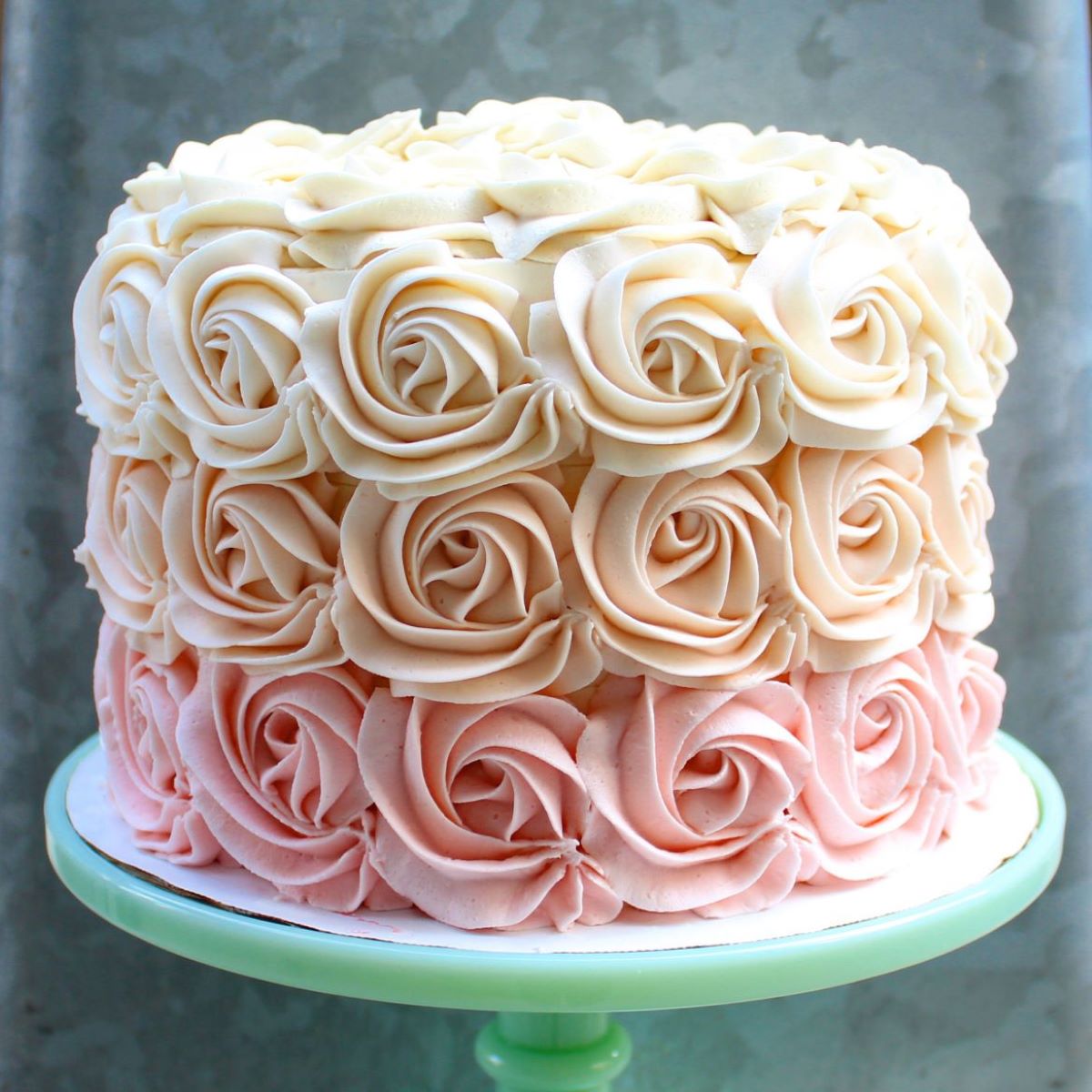
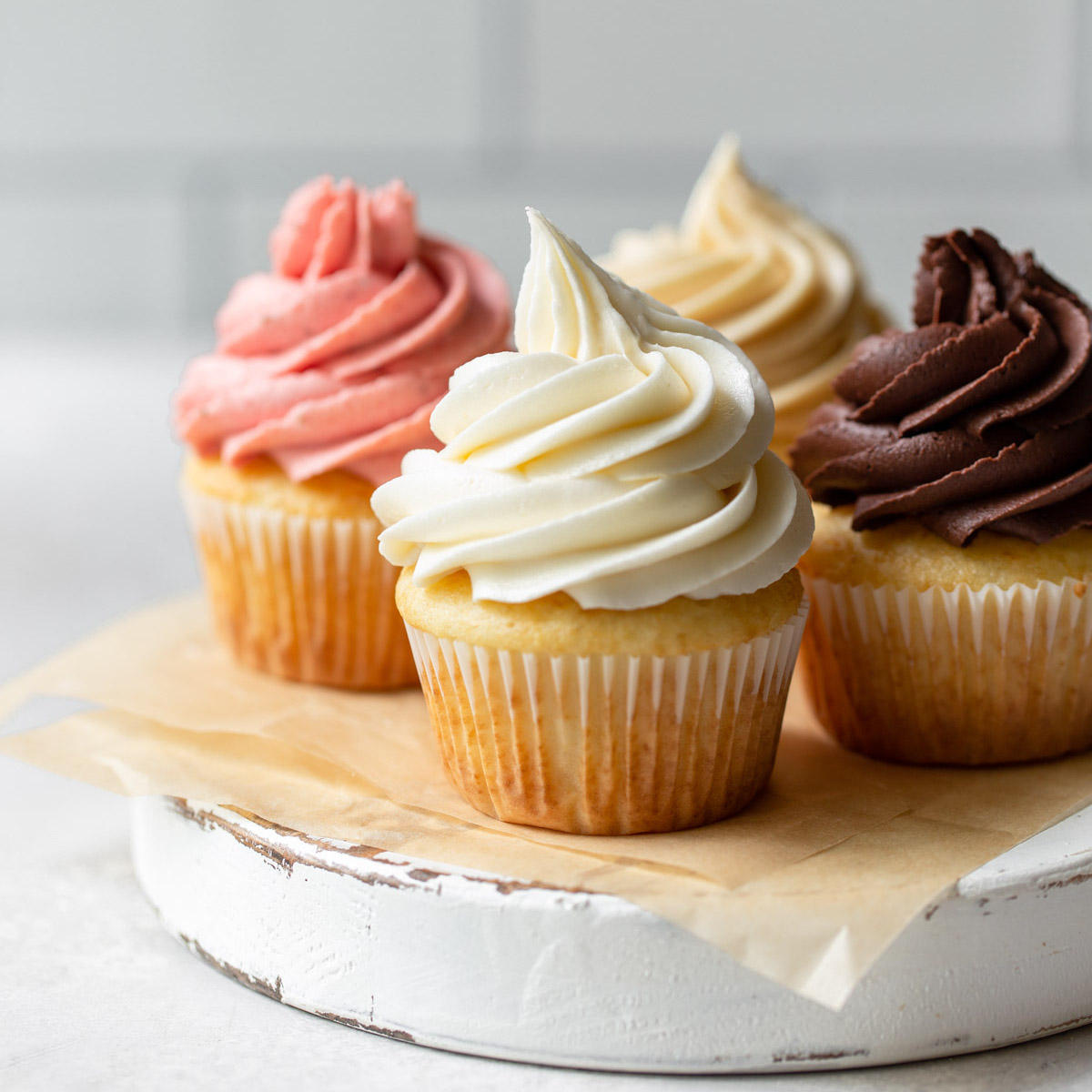
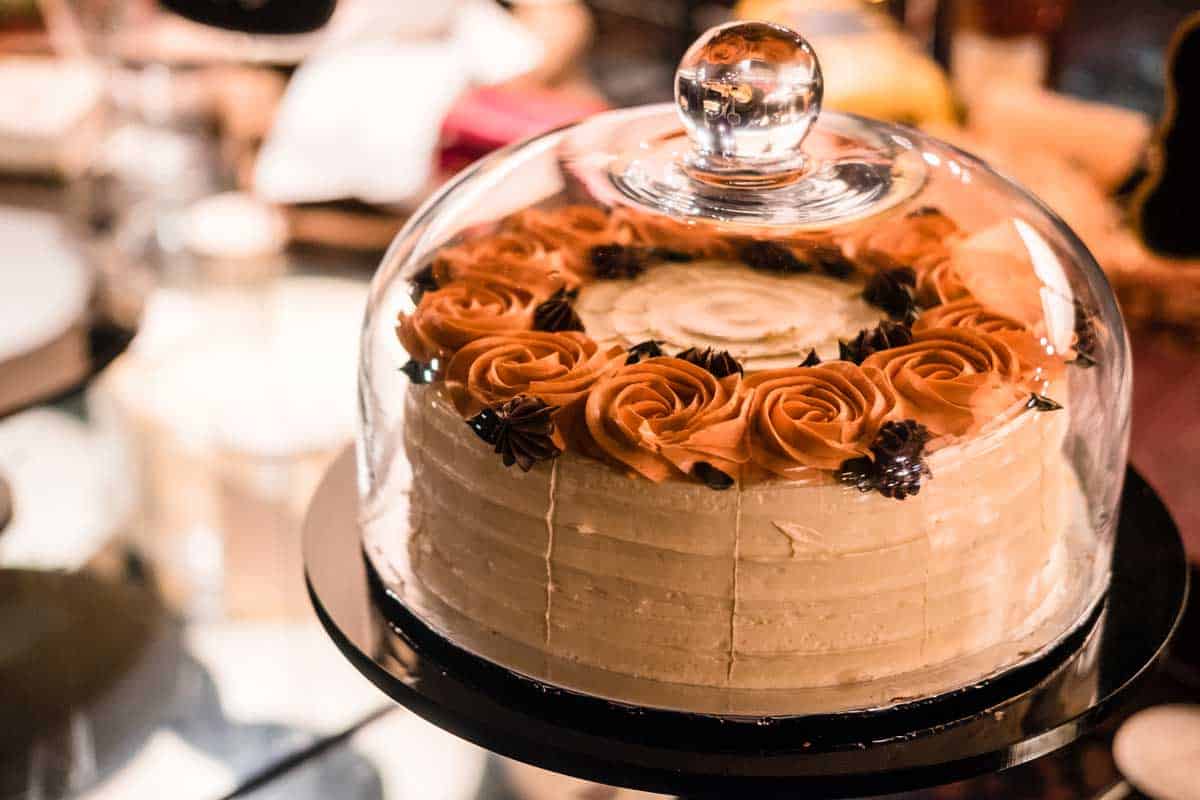
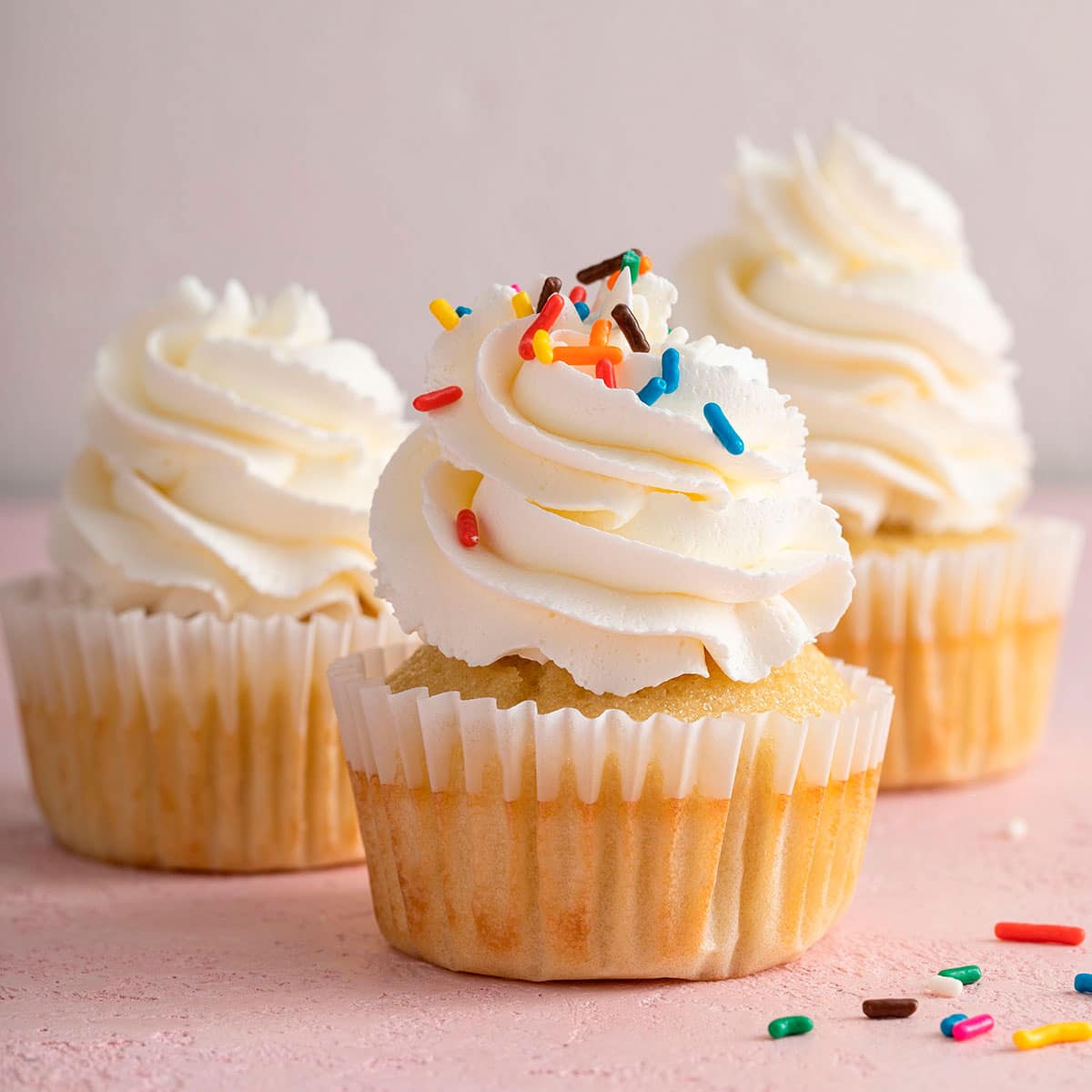
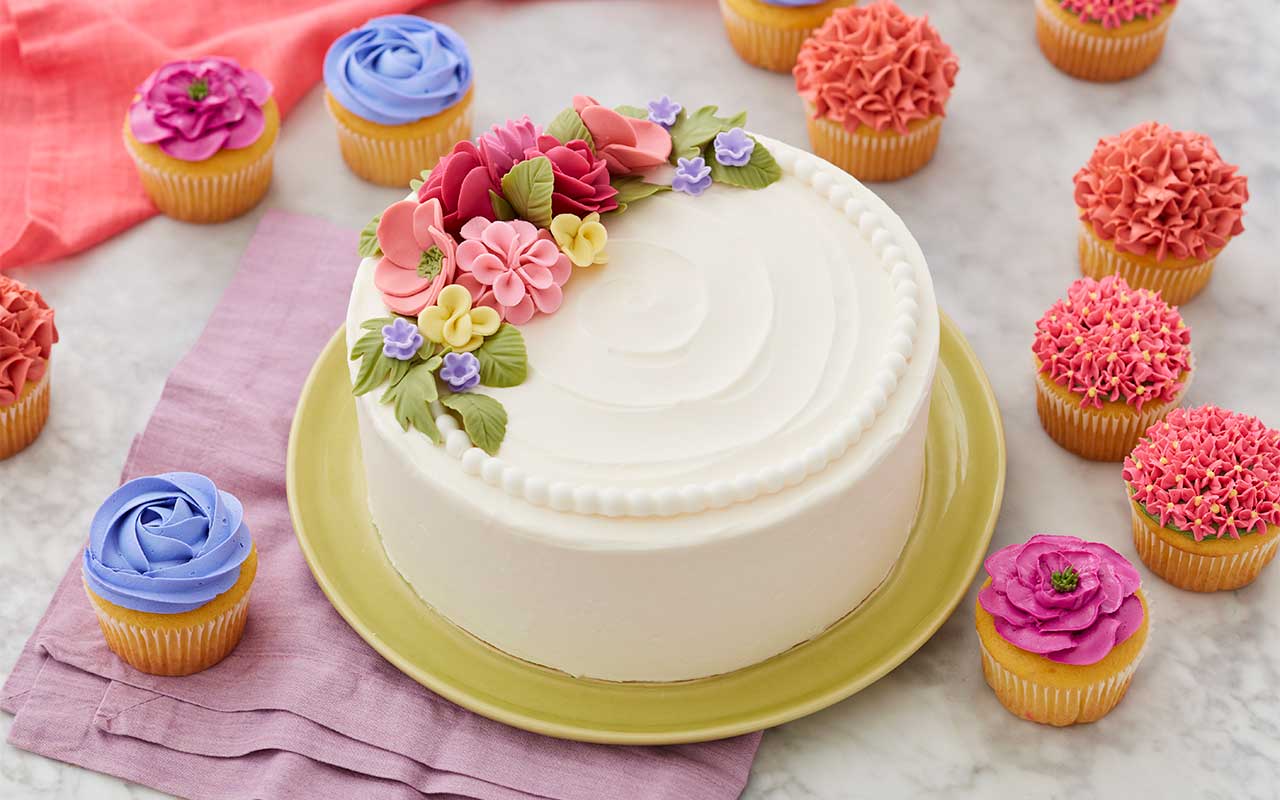
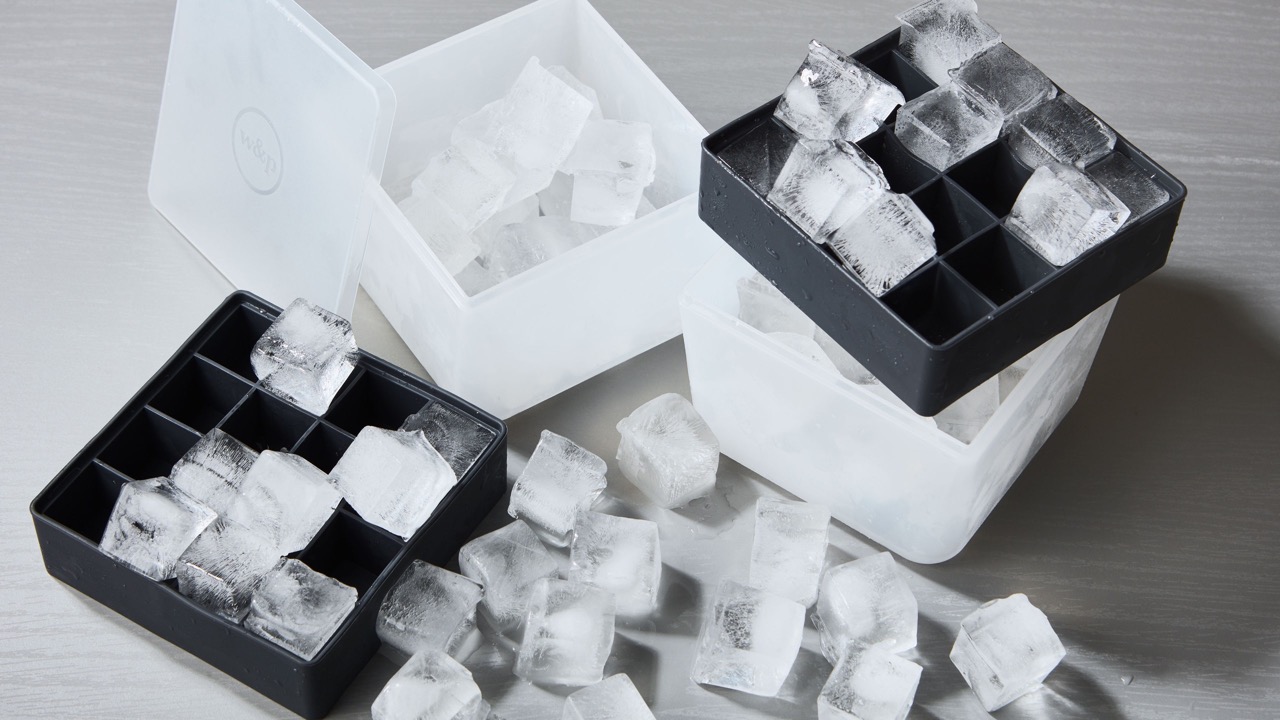
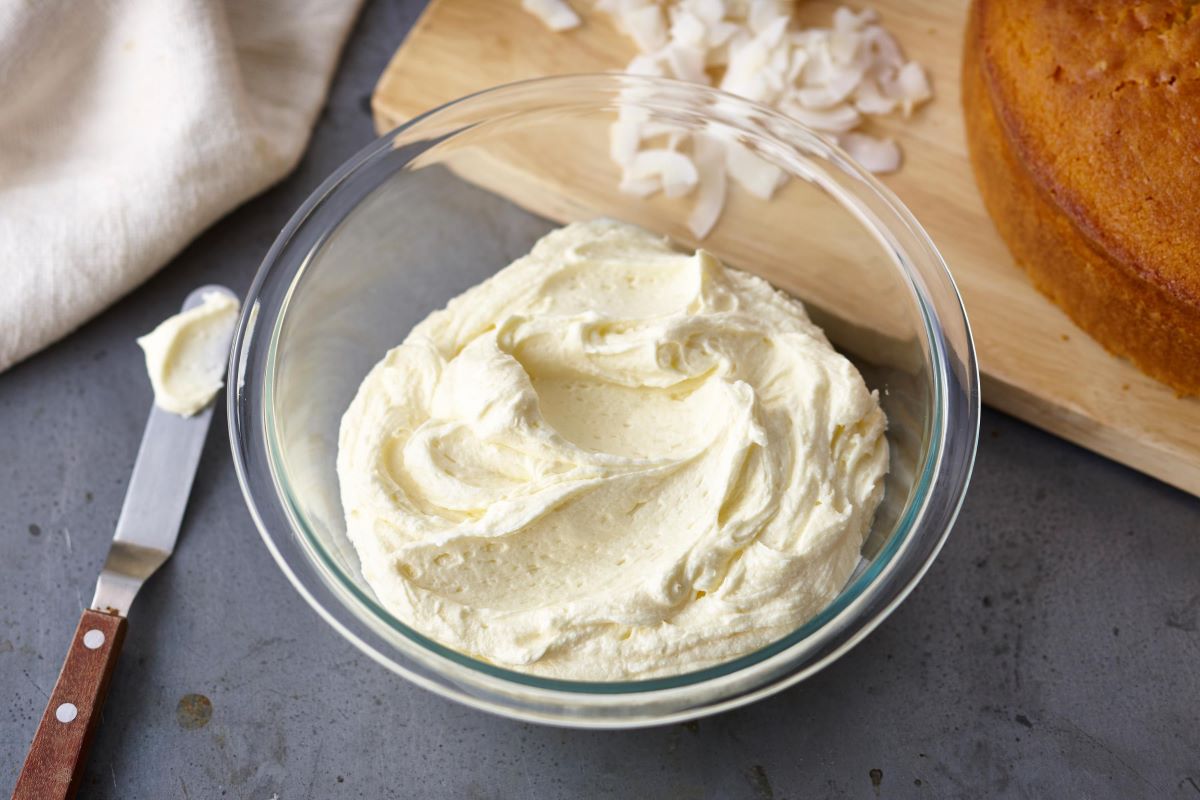
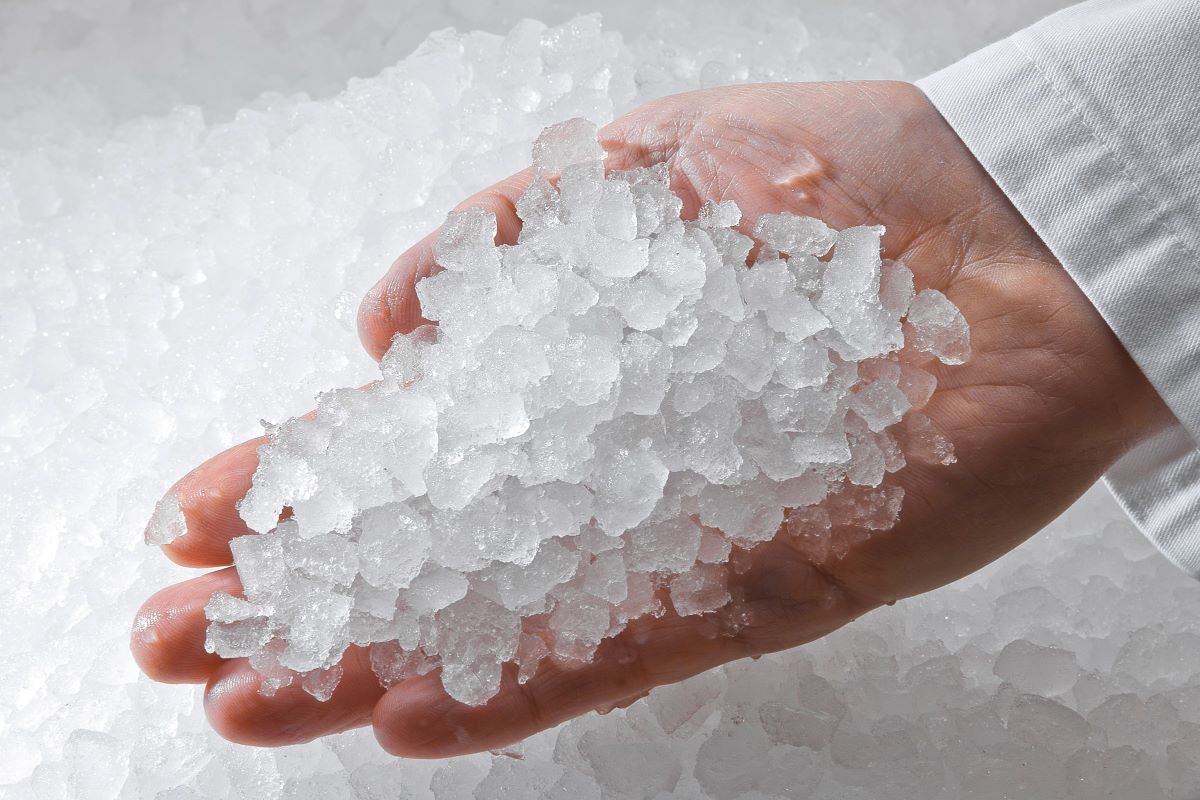
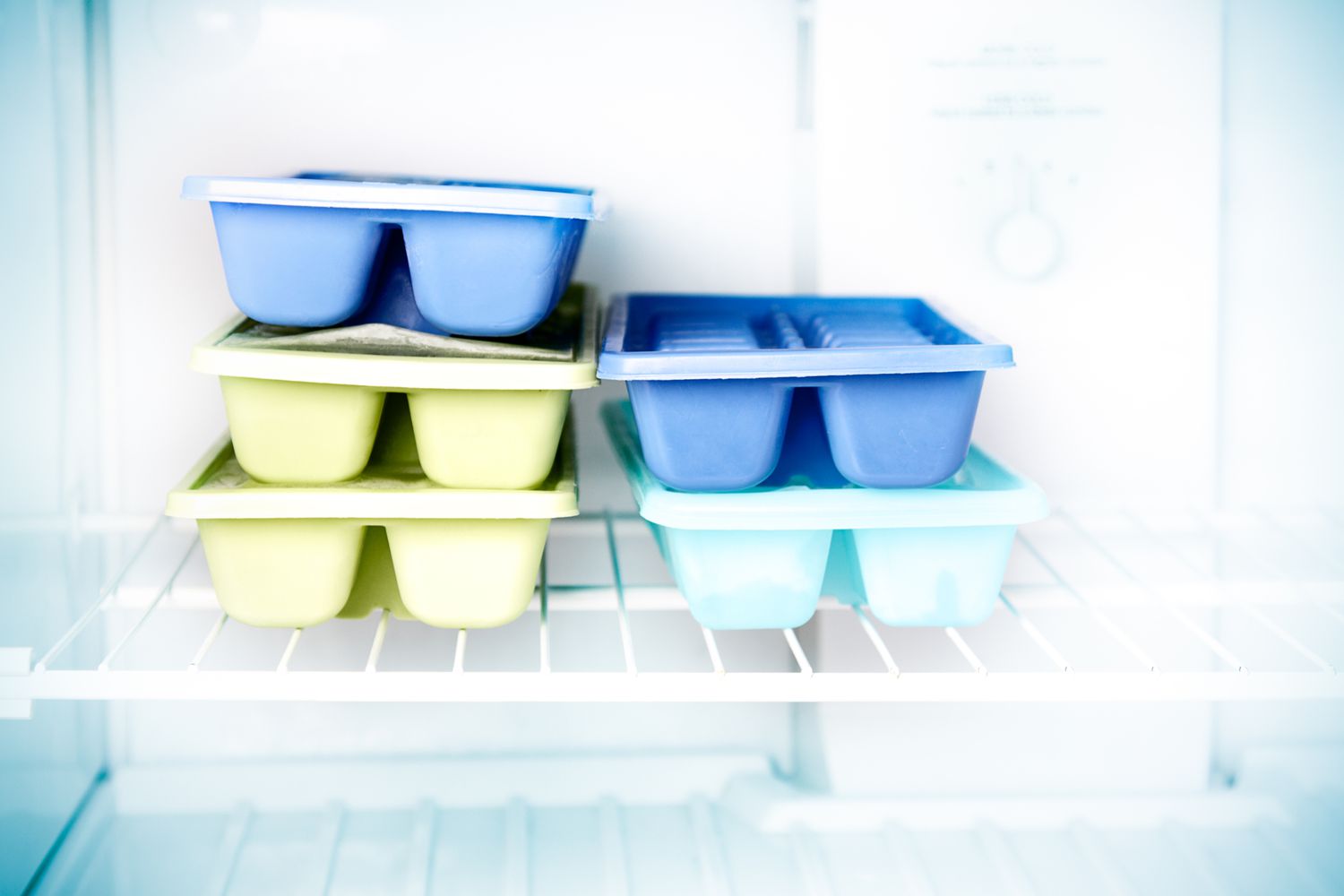

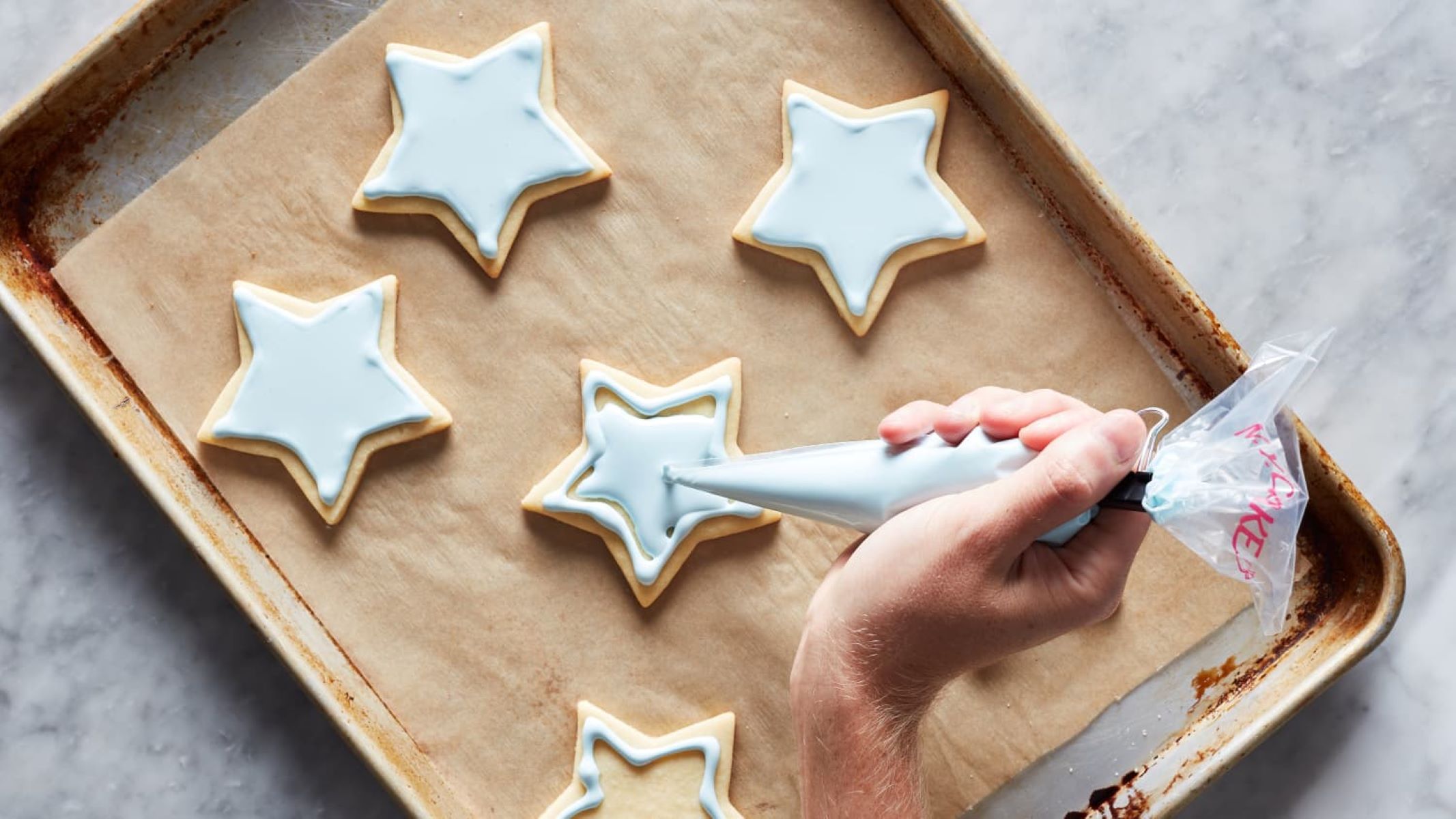
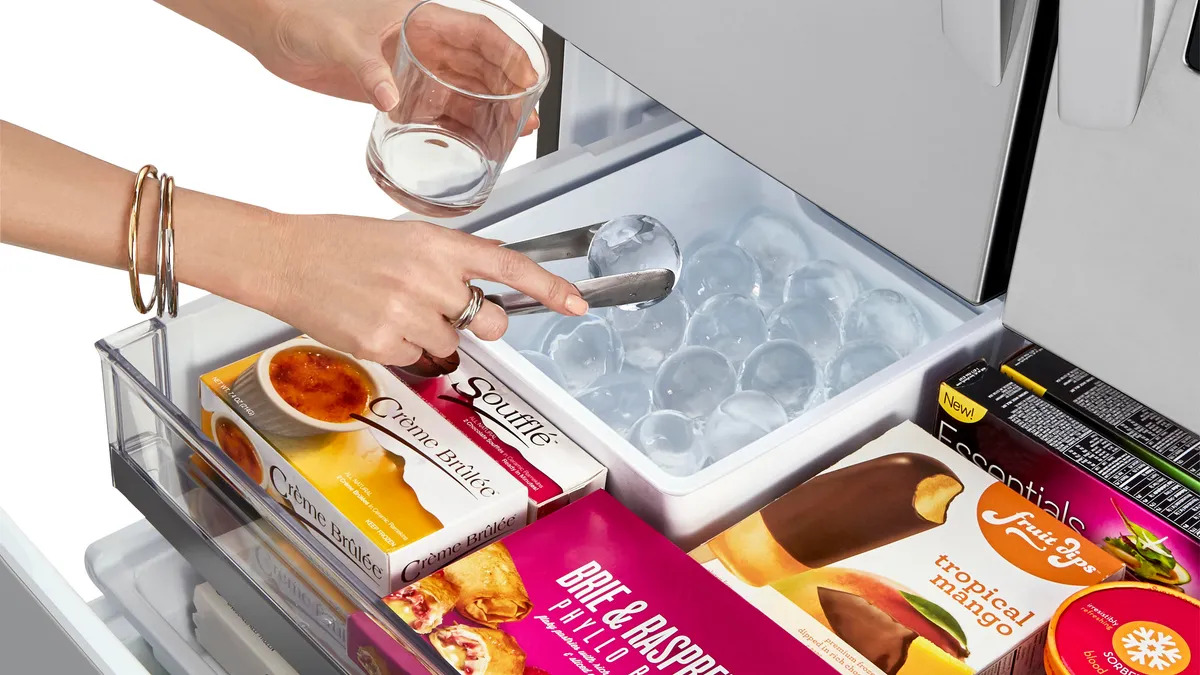
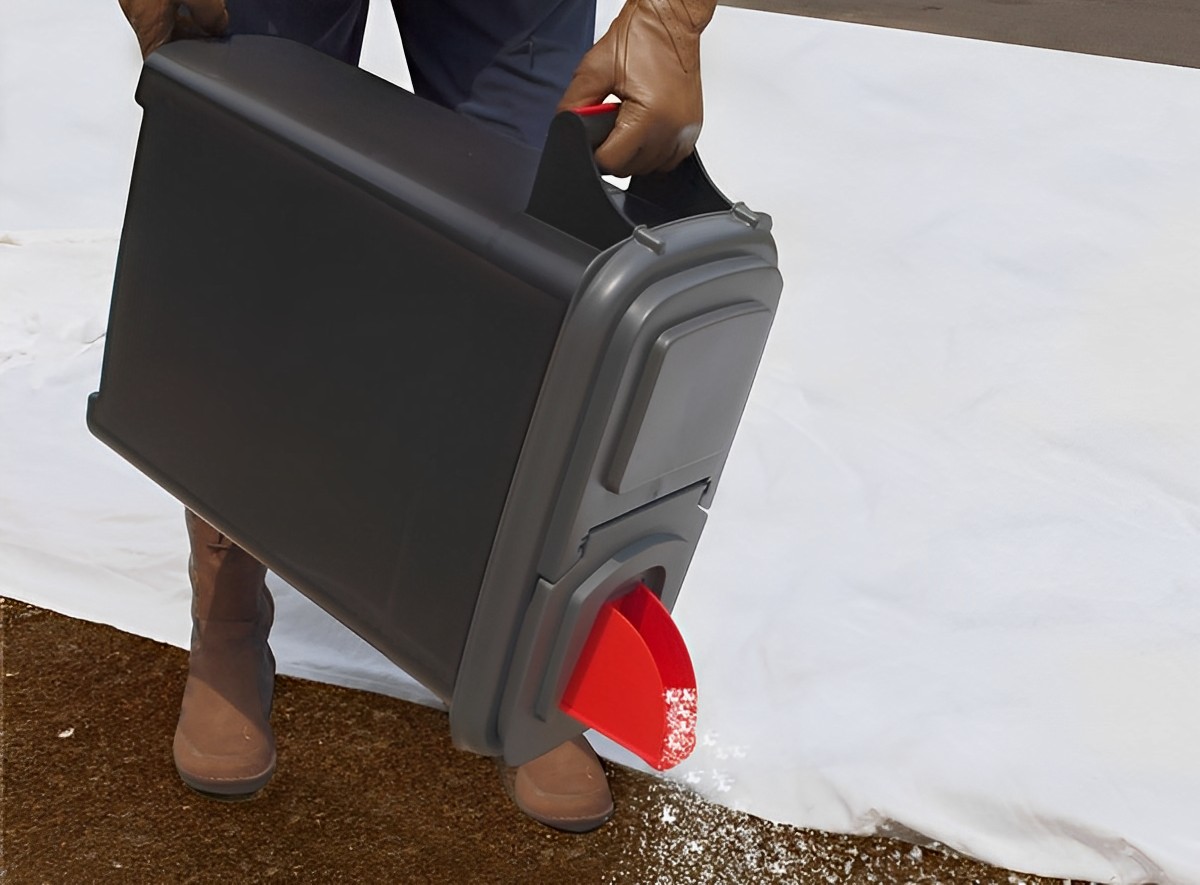


0 thoughts on “How To Store Buttercream Icing”